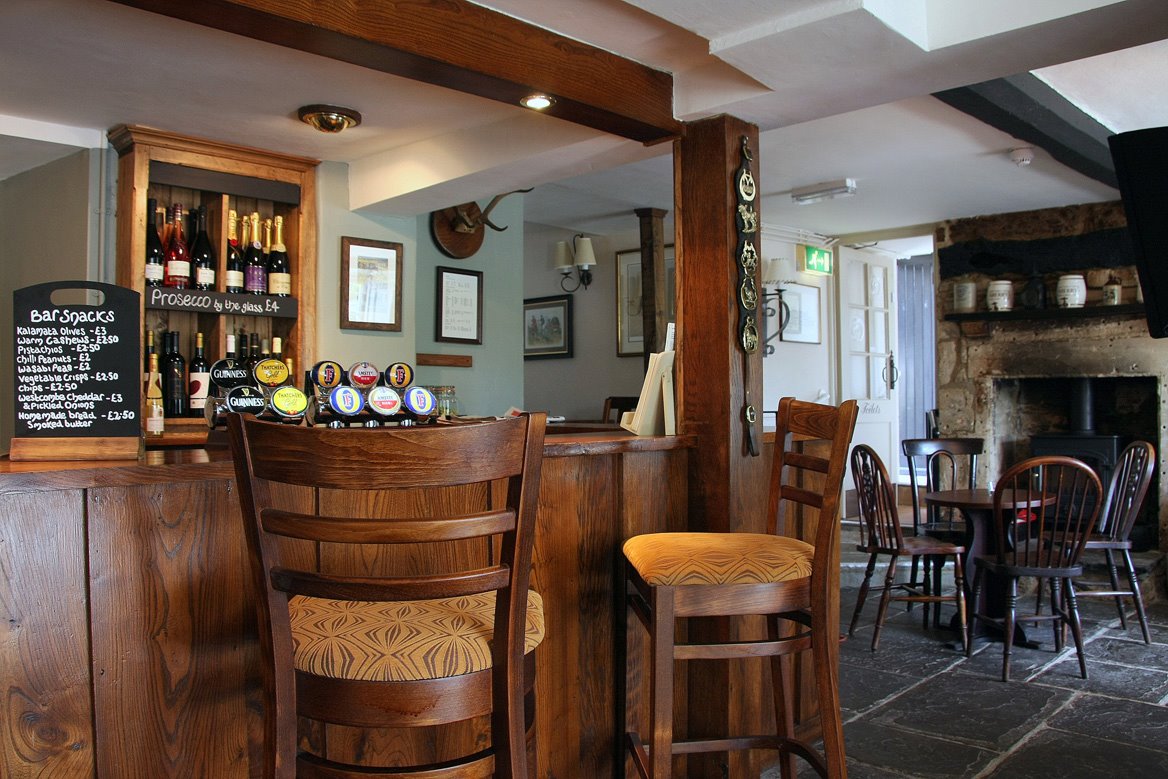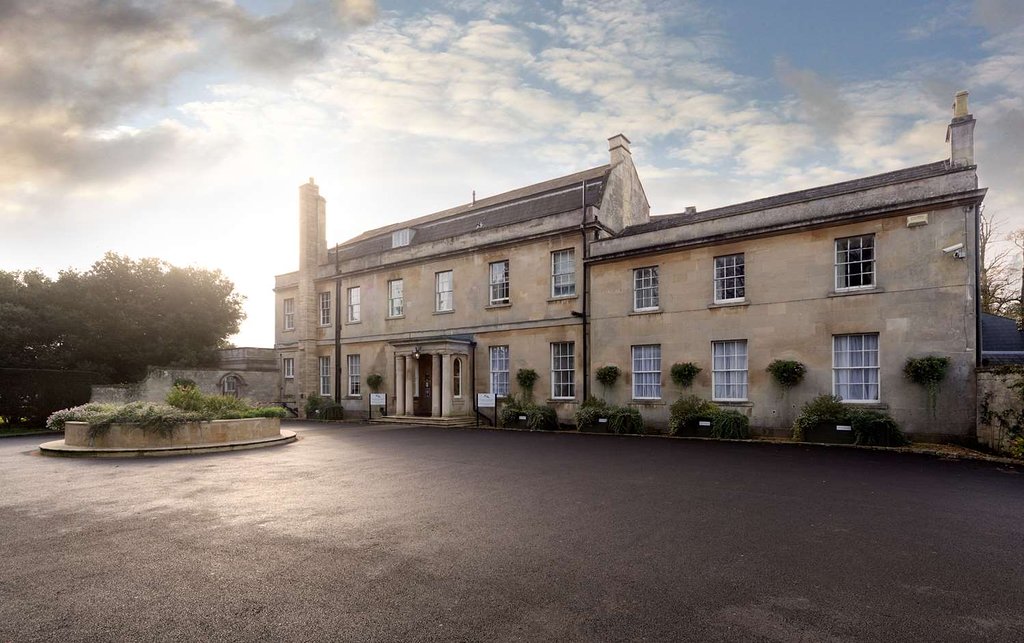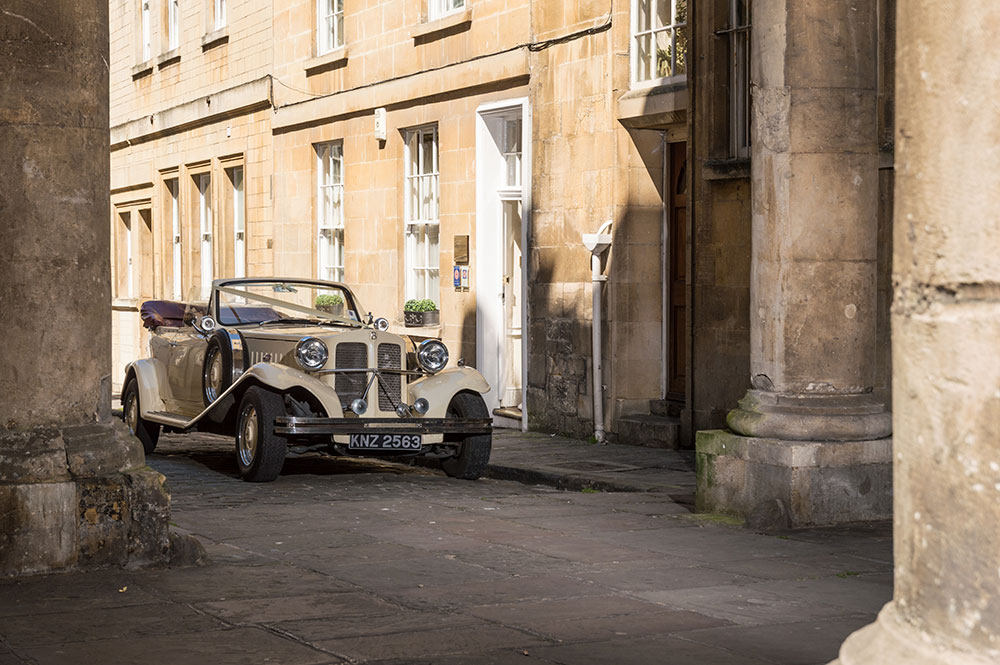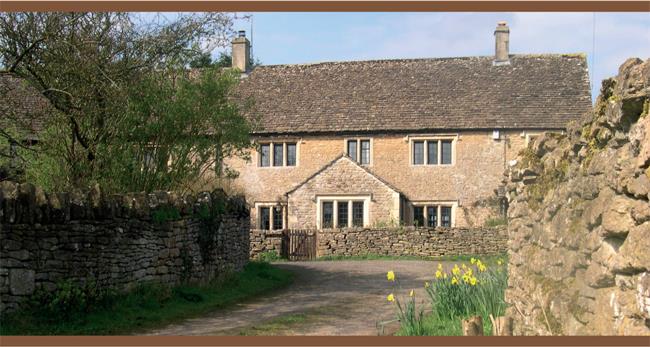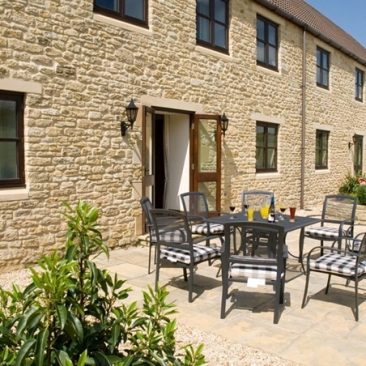Just outside the historic town of Bradford Upon Avon, Leigh Park Hotel is a charming Georgian…
Bradford-on-Avon to Bath

10.25 miles (16.5kms)
About the walk
Bradford-on-Avon lies on the Kennet and Avon Canal, which stretches 87 miles (140km) from the River Avon at Bristol to the River Thames at Reading. Now fully restored, the canal offers some of the best-loved walking in Wiltshire. Between Bradford and Bath it passes through steep wooded hillsides that rise 400ft (122m) above the Avon Valley, arguably the finest natural landscape along the length of the canal. But there is far more than just great scenery for you to savour on this memorable lengthy ramble to Bath. You will discover some exceptional canal structures, notable restored wharves, magnificent aqueducts, a 19th-century pumping station and ornately decorated tunnels.
Engineering works
At Bradford-on-Avon the canal company built two wharves, one below and one above the lock. A lock was required to raise the level of the canal to that of the Wilts and Berks Canal at Semington. On the upper wharf, a stone and timber structure was built and alongside it remains the original dry dock, now in use again.
With great skill, the engineer John Rennie took the canal along the winding River Avon Valley crossing the River Avon twice via substantial aqueducts. Avoncliff Aqueduct was built between 1797 and 1801 to take the canal across the valley to the north side. It is 110yds (100m) long and features three arches, a solid parapet and balustrade ends. The Bath stone has not weathered well and has suffered from casual repair work and patching in brick.
Perhaps the most impressive of the masonry structures on the canal, Dundas Aqueduct stands as a fitting memorial to the architectural and engineering skill of John Rennie. Built in 1804, this fine classical stone aqueduct carries the canal 64ft (19.5m) above the River Avon on a graceful wide arch spanning 65ft (19.8m) and framed by paired giant pilasters. Brassknocker Basin marks the junction of the Kennet and Avon Canal with the Somerset Coal Canal, opened in 1801 to run 10 miles (16.1km) to the mines at Paulton and Radstock. It was taken over by a railway company and closed in 1898. The first 0.25 miles (400m) was restored between 1986 and 1988 for moorings.
Environmentally friendly
The waterwheel at Claverton Pumping Station began working in 1813 and harnessed the power of the River Avon to raise water from the Avon to the canal some 48ft (14.63m) higher on the landscape. It is the only one of its kind on British canals and is a fine example of late Georgian–Regency architecture and engineering. Now fully restored, it is open to the public from April to October at weekends and on Wednesdays (pumping roughly two Sundays each month).
Walk directions
Walk to the end of the car park away from the station and follow the path left beneath the railway and beside the river. Enter Barton Farm Country Park and keep to the path across a grassy area to an information board. Veer left, ascending, and pass to the right of the tithe barn, using steps to reach the Kennet and Avon Canal. Turn right along the tow path for 1.75 miles (2.8km) to Avoncliff.
Follow the zig-zag in front of the Cross Guns pub to pass beneath the canal. Ascend the steps immediately to your left and then another set of stone steps on the left to rejoin the canal tow path. Go left and proceed for 3 miles (4.8km) to the Dundas Aqueduct.
After stopping to admire the aqueduct, cross the bridge over the canal and continue for 1.25 miles (2km) to Claverton Pumping Station. Continue on the canal tow path through the now very rural Avon Valley, with all eras of transport modes in sight – river, canal, railway and road – to reach Bathampton and the swing bridge (No. 182).
Keep to the tow path as it eventually leads you through the attractive suburbs of Bath, probably the least stressful and least busy route into the heart of the city. The canal passes through Sydney Gardens (there is a small gate to access the gardens along this part of the tow path), go through a tunnel which takes you underneath Sydney House, then up some stone steps and cross the canal at the back of Sydney House to continue the walk on the opposite side of the canal. At the bottom of Bathwick Hill, cross the road and canal and go through an iron gate to go down some steps and access the tow path again. After passing five locks you will reach the A36.
Cross the road and continue on the tow path. At lock 8/9, cross the road and continue along the tow path to lock No. 7 (the canal is now on the right). At lock No. 7 the canal meets the River Avon. Do not follow the riverside path ahead, instead move left to reach the pavement beside the road and turn right to cross the iron footbridge over the Avon to Bath Spa Station. Return to Bradford-on-Avon via the half-hourly train service (hourly on Sundays).
Additional information
Canal tow path
River valley and urban area
No real problems; keep under control through Bath streets/roads
OS Explorers 155 Bristol and Bath; 156 Chippenham & Bradford-on-Avon
Bradford-on-Avon Station pay-and-display car park
Bradford-on-Avon Station car park and Bath Spa station
WALKING IN SAFETY
Read our tips to look after yourself and the environment when following this walk.
Find out more
Also in the area
About the area
Discover Wiltshire
A land shrouded in mystery, myth and legend, Wiltshire evokes images of ancient stone circles, white chalk horses carved into hillsides, crop circles and the forbidden, empty landscape of Salisbury Plain. To many M4 and A303 drivers heading out of London through the clutter of the Thames Valley, Wiltshire is where the landscape opens out and rural England begins.
Wiltshire’s charm lies in the beauty of its countryside. The expansive chalk landscapes of the Marlborough and Pewsey downs and Cranborne Chase inspire a sense of space and freedom, offering miles of uninterrupted views deep into Dorset, Somerset and the Cotswolds. Wiltshire’s thriving market towns and picturesque villages provide worthwhile visits and welcome diversions. Stroll through quaint timbered and thatched villages in the southern Woodford and Avon valleys and explore the historic streets of the stone villages of Lacock, Castle Combe and Sherston. Walk around Salisbury and discover architectural styles from the 13th century to the present and take time to visit the city’s elegant cathedral and fascinating museums. And if all of that isn’t enough, the county is also richly endowed with manor houses, mansions and beautiful gardens.
Nearby stays
Restaurants and Pubs
Nearby experiences
Recommended things to do
Why choose Rated Trips?
Your trusted guide to rated places across the UK
The best coverage
Discover more than 15,000 professionally rated places to stay, eat and visit from across the UK and Ireland.
Quality assured
Choose a place to stay safe in the knowledge that it has been expertly assessed by trained assessors.
Plan your next trip
Search by location or the type of place you're visiting to find your next ideal holiday experience.
Travel inspiration
Read our articles, city guides and recommended things to do for inspiration. We're here to help you explore the UK.








